Sardine
Sardina / Sardinops (multiple species)
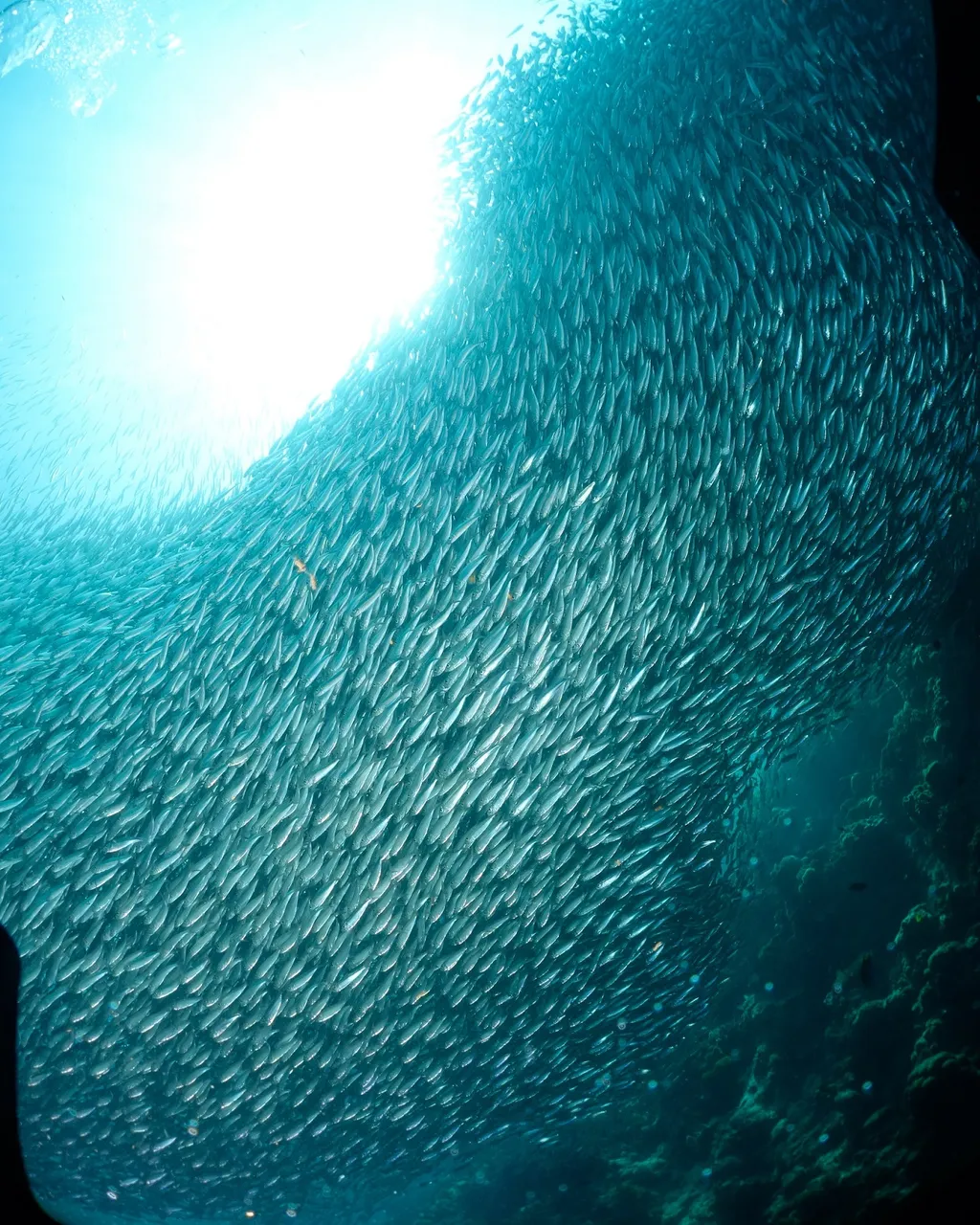
Photo by pescadorescebu / CC BY-SA 4.0 via Wikimedia Commons
In the grand theater of the ocean, sardines play the role that seems unglamorous at first glance - they're small, silvery, and exist primarily to be eaten by everything else. But dismiss them as mere fish food, and you'll miss one of nature's most spectacular displays of collective survival. When billions of sardines migrate along South Africa's coast in the legendary "Sardine Run," they create a living river of silver stretching for kilometers, triggering the greatest feeding frenzy on Earth. For divers lucky enough to witness sardines forming defensive baitballs - spinning spheres of thousands of fish moving as one organism while sharks, dolphins, and seabirds attack from all sides - it's an unforgettable lesson in the power of coordination, sacrifice, and sheer overwhelming numbers.
🔬Classification
📏Physical Features
🌊Habitat Info
⚠️Safety & Conservation
Identification Guide

Photo by Borut Furlan / CC BY-SA 4.0 via Wikimedia Commons
- Body Shape: Small, elongated, laterally compressed; streamlined for schooling
- Coloration: Brilliant silver sides with blue-green or dark blue back
- Scales: Large, easily detached cycloid scales covering the body
- Gill Covers: Distinctive radiating ridges on gill covers (operculum)
- No Lateral Line: Unlike many fish, sardines lack a visible lateral line
- Size and Species: Multiple species - from 15cm (Mediterranean) to 25cm (Pacific)
- Schools: Almost always seen in dense, coordinated groups, rarely solitary
Top 10 Fun Facts about Sardine
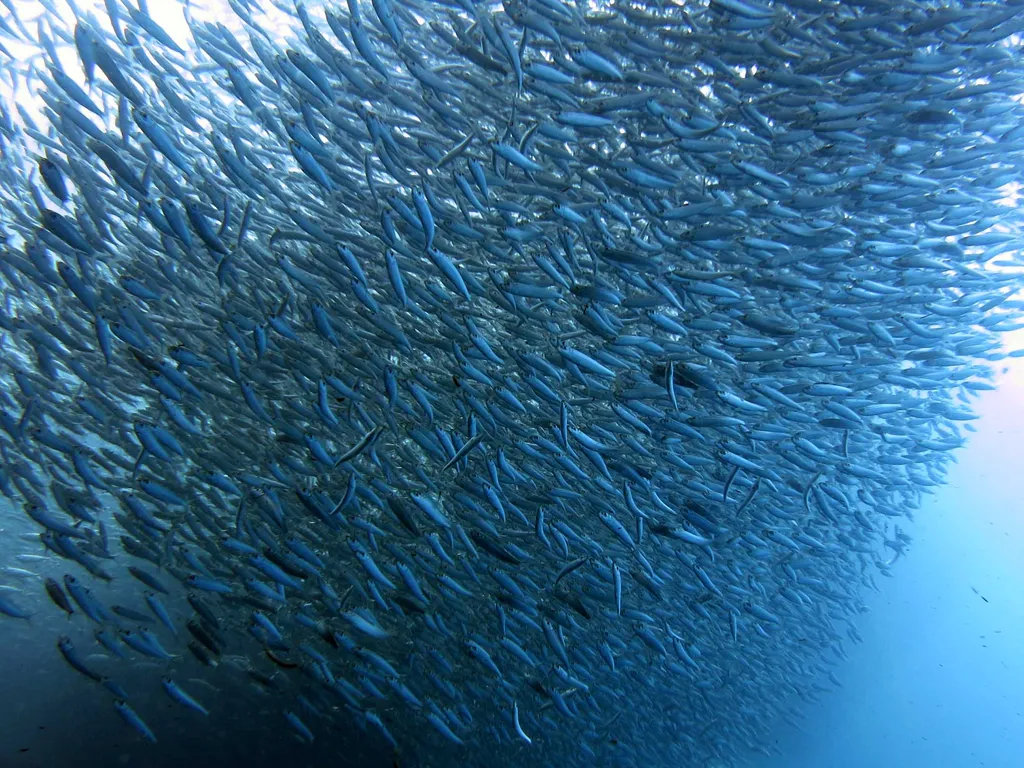
Photo by Lakshmi Sawitri / CC BY 2.0 via Wikimedia Commons
1. The Greatest Show on Earth: The Sardine Run
Every winter (May-July), one of the planet's most extraordinary natural phenomena unfolds along South Africa's Wild Coast: the Sardine Run. Billions - yes, billions - of Southern African pilchards (Sardinops sagax) migrate northward from the cold Agulhas Bank, following the 14-21°C thermocline along the coastline. These migrating schools can stretch over 7 kilometers long, 1.5 kilometers wide, and 30 meters deep - so massive they're visible from aircraft and even detectable on sonar. The sheer biomass involved rivals the wildebeest migration of the Serengeti, making it one of the largest animal migrations on Earth. This moving feast attracts thousands of predators in what's often called the "Greatest Shoal on Earth."
2. The Ultimate Feeding Frenzy
The Sardine Run triggers an apocalyptic feeding bonanza involving virtually every predator in the region. Common dolphins (up to 18,000 individuals) work in coordinated pods to herd sardines into baitballs. Bronze whaler, dusky, and blacktip sharks charge through these formations. Cape gannets dive-bomb from 30 meters up, hitting the water at 100 km/h like feathered missiles. Bryde's whales lunge with mouths agape, swallowing tons of sardines in single gulps. Even orcas occasionally join the feast. Witnessing this multi-species feeding choreography - with predators attacking from below, above, and all sides simultaneously - is described by divers as watching an oceanic Armageddon.
3. Baitballs: The Last Stand
When dolphins or predators corner sardines, they form defensive baitballs - tightly packed, spherical formations where thousands of fish spin in coordinated patterns. These balls can be 10-20 meters in diameter and are mesmerizing to witness - a living, pulsing sphere of silver that surges and contracts like a single organism. The baitball strategy works on the principle of "safety in numbers" - individual fish are nearly impossible to track in the swirling chaos, and their synchronized movement creates visual confusion for predators. However, baitballs are short-lived (rarely lasting more than 10 minutes) and ultimately represent a last-ditch defense that often ends in decimation of the school.
4. Collective Intelligence Without a Brain
The synchronized schooling behavior of sardines is one of nature's great mysteries. With no leader and no central coordination, each fish makes individual decisions based solely on the movements of its nearest neighbors, creating emergent collective behavior. Using their lateral line system (organs along their sides that detect pressure changes) and vision, sardines maintain precise spacing, match velocities, and execute coordinated turns without collisions. Scientists have studied sardine schools to develop algorithms for robotics swarms and traffic flow optimization - the fish essentially solved collective movement problems millions of years before humans existed.
5. Silver Stealth: Polarization-Neutral Camouflage
Sardines' brilliant silver scales aren't just pretty - they're sophisticated anti-predator camouflage. The scales reflect light in a way that minimizes light polarization, making sardines effectively invisible to predators that hunt using polarized light detection (many fish and marine mammals). From below, their silver bellies blend with sunlight filtering through the water. From above, their dark backs match the ocean depths. This "counter-shading" camouflage only works when sardines are properly oriented, which is why diving or fleeing dolphins can disrupt schools by forcing sardines into vulnerable positions.
6. Plankton Vacuum Cleaners
Despite being prey themselves, sardines are efficient predators of zooplankton. They feed by swimming with mouths open, using their gill rakers as fine filters to strain copepods, krill, fish larvae, and other tiny organisms from the water. A single sardine can filter several liters of water per minute. Collectively, sardine schools consume enormous quantities of plankton, playing a crucial role in transferring energy from the microscopic base of the food web to larger predators. When sardine populations collapse (often due to overfishing), entire ecosystems can shift dramatically.
7. Vertical Migration: Daily Commuters
Sardines perform diel vertical migration - one of the largest daily movements of biomass on Earth. During the day, they typically school at depths of 25-100 meters to avoid visual predators. At night, they rise to 5-10 meters to feed on plankton that also rise toward the surface after dark. This twice-daily migration involves billions of fish moving hundreds of meters vertically, playing a critical role in ocean nutrient cycling by transporting nutrients from deep to shallow waters through their waste and eventual predation.
8. The Sardine Mystery: Why Migrate?
Scientists still debate exactly why sardines undertake
the dangerous northward Sardine Run migration. Leading theories suggest it's a spawning migration linked to ancient ice age patterns when cooler waters extended further north. The migrating fish may represent a genetically distinct sub-population following ancestral instincts that once made sense but now lead them into predator gauntlets. Climate change is affecting the migration, with warming waters potentially disrupting the temperature cues sardines follow, leading to less predictable run timing and locations.
9. The Fishery That Feeds Millions
Sardines are among the most important commercial fish species globally, with annual catches exceeding 2 million tons. They're crucial for food security in developing nations (canned and fresh) and are also processed into fishmeal and fish oil for aquaculture feed. However, sardine populations are notoriously unstable, with boom-and-bust cycles driven by ocean conditions, El Niño events, and fishing pressure. Historical collapses of sardine fisheries (like California's in the 1950s) devastated coastal communities and triggered cascading ecosystem changes, demonstrating their ecological and economic importance.
10. The Numbers Game: Strength in Overwhelming Quantity
A single sardine is defenseless - slow, small, and easily caught. But sardines' survival strategy is overwhelming numerical abundance. By producing millions of offspring and forming schools of millions of individuals, they ensure that even if predators gorge themselves, enough sardines survive to reproduce. During the Sardine Run, predators can eat until physically stuffed, and the sardine population barely notices. This "predator satiation" strategy only works with truly mind-boggling numbers - it's survival through sheer, incomprehensible volume.
Diving & Observation Notes
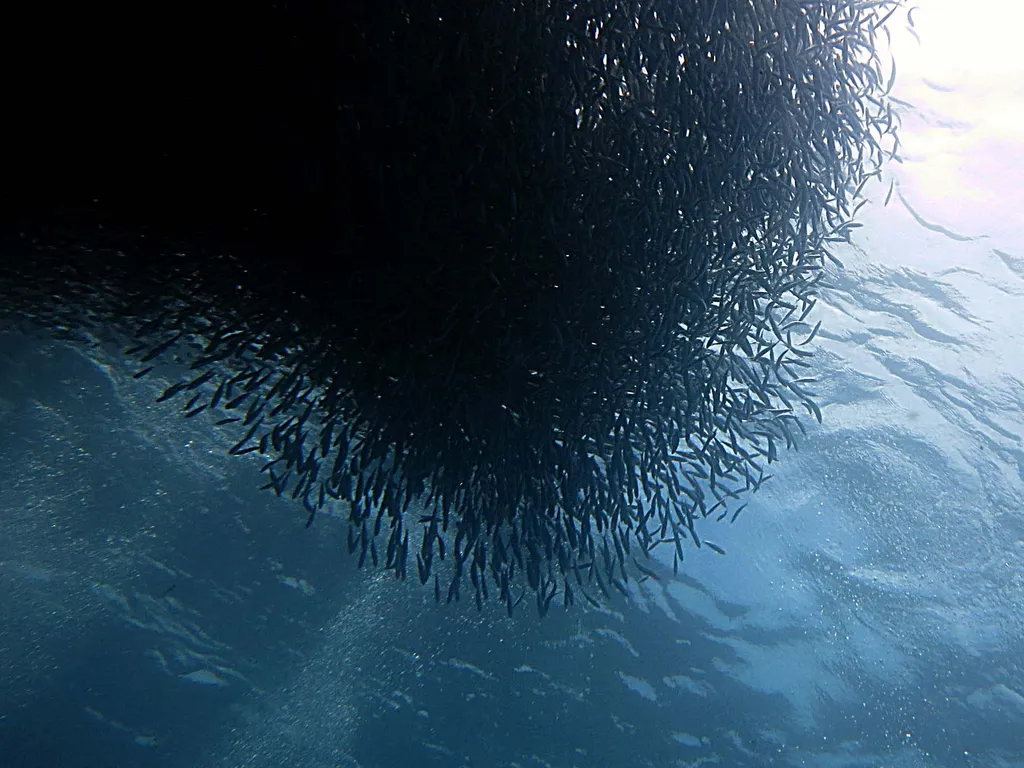
Photo by Lakshmi Sawitri / CC BY 2.0 via Wikimedia Commons
Diving the Sardine Run (South Africa)
The Sardine Run is a bucket-list dive experience, but it requires specific timing and conditions:
- When: May to July, peaking in June-July (but highly variable year-to-year)
- Where: Eastern Cape coast of South Africa, particularly between Port St. Johns and Coffee Bay
- Requirements: Advanced diving skills; strong currents, cold water (14-18°C), and chaotic predator action demand experience
- Boat-based diving: Most diving is done as drift dives from boats tracking baitball activity
- Topside spotting: Spotter planes and boats watch for "bird activity" - diving gannets indicate sardine baitballs below
What to Expect Underwater
Diving a Sardine Run baitball is exhilarating but chaotic:
- The approach: You'll hear it before you see it - a thunderous roar of thousands of fish moving as one
- Visibility: Can drop to near-zero inside the baitball as fish surround you
- Predator action: Dolphins charging past inches away, sharks slicing through formations, birds plunging from above
- Duration: Baitballs form and dissipate quickly - you may have only 5-10 minutes before it breaks up
- Multiple dives: Operators typically do multiple dives per day, following the action
Sardine Walls and Tornados (Moalboal, Philippines)
For year-round sardine encounters, Moalboal offers a different experience:
- Permanent schools: Millions of sardines school near Panagsama Beach year-round
- Easy access: Shore diving or short boat ride; suitable for all levels including beginners
- Depth: Schools at 5-30 meters, perfect for all certification levels
- The experience: Swim into massive formations creating "sardine tornadoes" or "walls" of fish
- Predator watching: Jacks, trevally, and occasional barracudas hunt the schools
Photography Tips
- Wide angle essential: You need the widest lens possible to capture the scale
- Natural light: Shoot upward with sardines silhouetted against sunlight for dramatic effect
- Strobe technique: Use strobes to illuminate fish in foreground while catching ambient light in background
- Capture the chaos: Don't just photograph sardines - include predators in the frame for context
- GoPro/action cams: Wide field of view makes them ideal for baitball immersion shots
- Anticipate action: Watch predator behavior patterns and position yourself in their attack path
Safety Considerations
Sardine Run specific:
- Cold water: 5-7mm wetsuit or drysuit required; hypothermia is a real risk
- Strong currents: Can be swept away from boat quickly; maintain buddy contact
- Predator awareness: While sharks ignore divers, a charging dolphin pod or lunging shark could accidentally collide with you
- Boat traffic: Surface carefully - multiple boats chase the action
General sardine diving:
- No feeding: Never feed or attract sardines - this disrupts natural behavior and attracts larger predators
- Respect the school: Don't chase or harass sardines; let them move naturally
- Watch your depth: Easy to lose track of depth when mesmerized by the spectacle
Conservation Awareness
- Sardine populations are vulnerable to overfishing and climate change
- The Sardine Run is becoming less predictable due to ocean warming
- Support sustainable seafood choices - check if sardines are from well-managed fisheries
- Avoid diving operations that feed sharks or manipulate sardine schools for tourism
- Report any unusual sardine die-offs or behavior changes to marine authorities
Best Places to Dive with Sardine
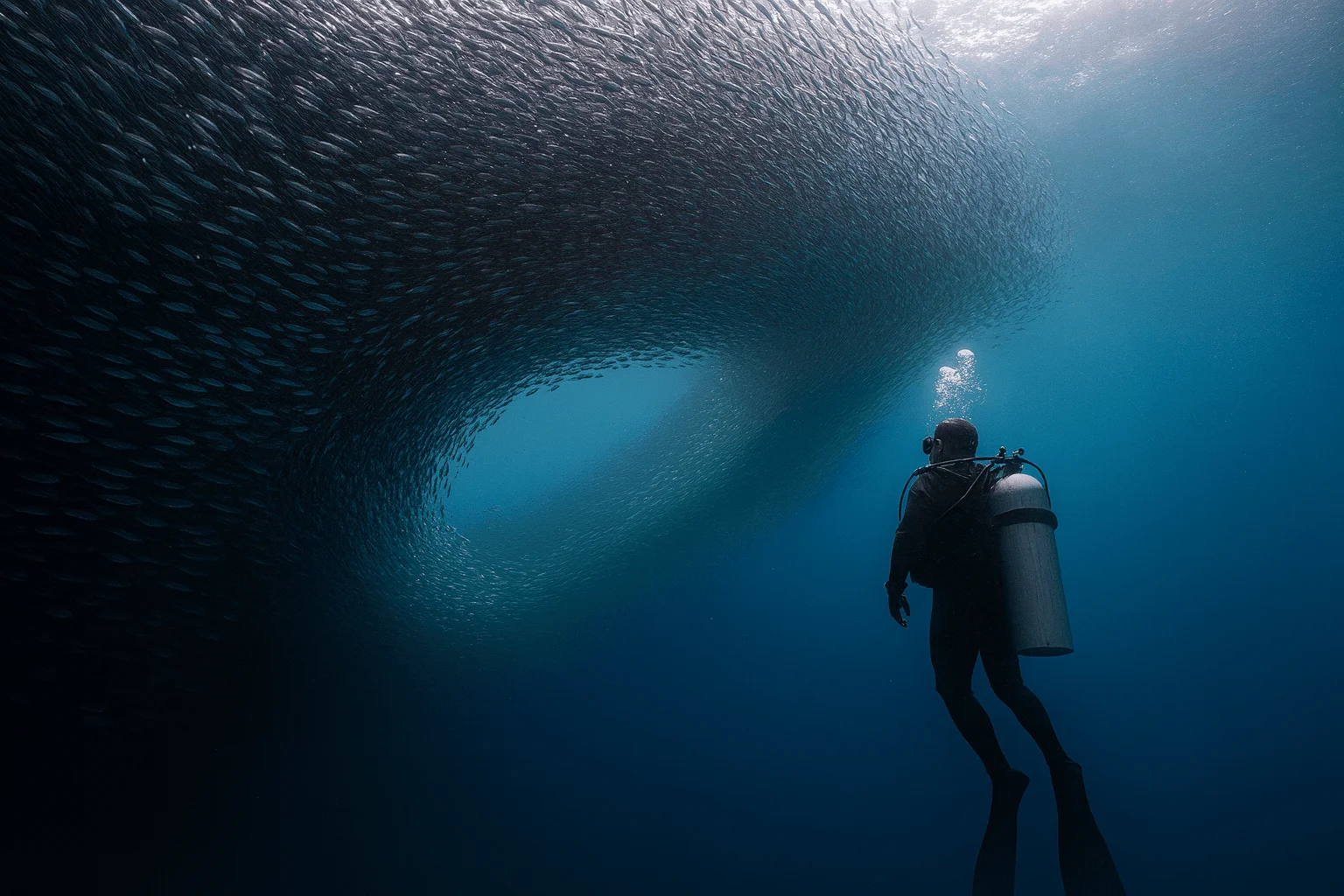
Moalboal
Moalboal is a laid‑back beach town on the west coast of Cebu known for its spectacular sardine run and easy access to Pescador Island. Vast clouds of millions of sardines swirl just off Panagsama Beach all year, creating a shimmering wall of fish that you can dive or snorkel through. Just offshore, the limestone island of Pescador offers steep walls, caverns and canyons covered in hard and soft corals; turtles, sea snakes, frogfish, schooling jacks and the occasional thresher or whitetip reef shark can be seen here. Many other sites along the coast feature shallow coral gardens and sandy slopes teeming with nudibranchs, cuttlefish and reef fish, making Moalboal perfect for both beginners and experienced divers.
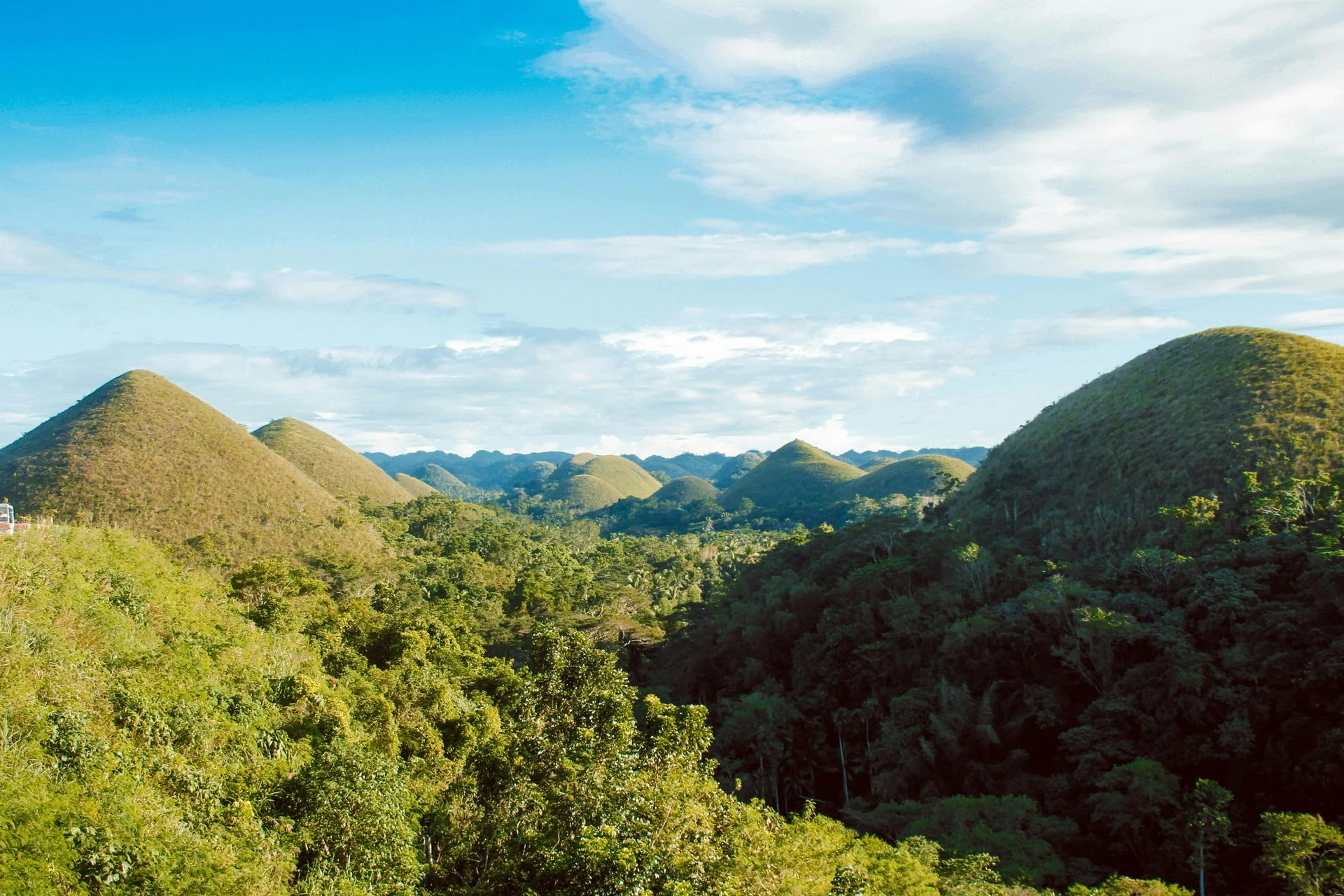
Bohol
Bohol, an island province in the central Visayas of the Philippines, is a diver’s playground with a huge variety of sites. The main hub is Panglao Island, where Alona Beach serves as the launch point for local reef dives and day trips. Nearby Balicasag Island is world‑class: its 5‑ to 18‑m plateau drops into walls where clouds of jackfish and sardines swirl and sleepy green and hawksbill turtles munch on soft corals. To the west, Cabilao’s reefs hide hammerhead sharks and pygmy seahorses, while the remote east coast of Anda offers muck dives, turtle nurseries and even mantas and whale sharks. Other favorites include Napaling’s year‑round sardine balls, Pamilacan’s manta and shark‑filled walls and Cervera (Snake Island) with its resident sea snakes. Whether you love colourful coral gardens, deep walls, big pelagics or tiny critters, Bohol has something for every diver.